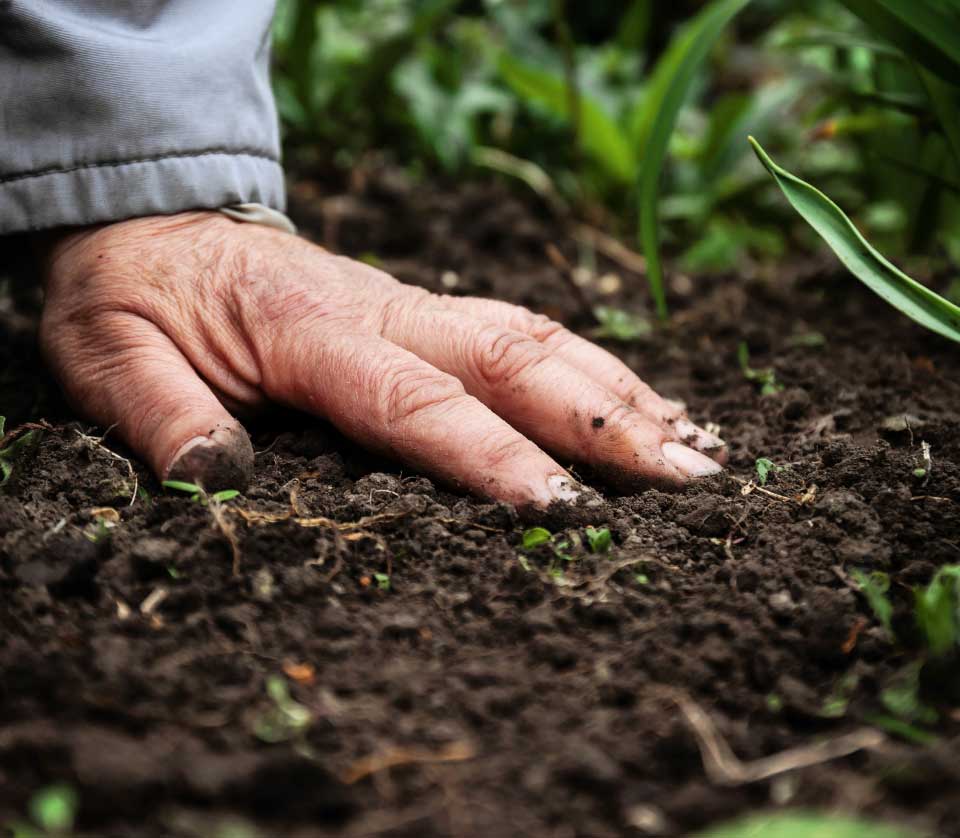

HOW GOOD FOOD IS GROWN: REGENERATIVE FARMING AT-A-GLANCE

WHAT IS IT?
Restoring the biodiversity and composition of the soil.
WHY DO IT?
This creates better yields and nutrient dense plants…while sequestering carbon from the atmosphere and allowing the Earth to breathe easier.
HOW IS IT DONE?
By utilizing minimum tilling and cover crops and feeding the soil.
VS. OTHER METHODS?
Current farming practices tear the soil, ripping apart the micro-ecosystems that sequester carbon, nourish the plants and feed the Earth.
Every gardener knows that the key to abundance is fertile soil. Fertile soil is the outcome of a thriving, complex and dynamic underground ecosystem. Good soil includes an astoundingly abundant community of bacteria, protists, fungi, worms, algae, insects and plant roots. They assist the decomposition of organic matter in soil, which releases large quantities of essential nutrients, making them available to plants.
Since the Industrial Revolution, human activity – increasing deforestation, fossil fuel combustion and widespread chemical/industrial farming – has massively disrupted the natural carbon cycle. Rapid global increases in concentrations of Co2 and other gases in our atmosphere are the result. Unless we take decisive action, we face an entwining cascade of complex and unpredictable atmospheric impacts of steadily increasing severity.
Through photosynthesis, massive quantities of atmospheric carbon dioxide is continuously converted from atmospheric to organic carbon – the carbon cycle. Co2 is thus moved from the atmosphere to the soil by plants and trees to be stored in high concentrations within soil pore spaces. Plowing or digging up soil destroys the soil’s ecosystem and releases this carbon from the soil pores directly back into the atmosphere.
KEY REGENERATIVE FARMING PRINCIPLES
TILLING
Some concerned farmers are abandoning the plow and moving to no-till farming. Because it doesn’t disturb the soil and allows it to heal, no-till farming is the only truly sustainable cropping practice. Fortunately, no-till agriculture, a step in the right direction, is growing in popularity, but we need to speed up the uptake.
PROTECT THE SOIL
No-till agriculture helps create healthier soil. Erosion is reduced, natural ecosystems heal and fewer chemicals are used. Even better, less plowing means ever more carbon is retained in the soil, so the Earth is warmed that little bit less. We need Earth’s precious soils looked after, not turned over. No-till is a good first step toward regenerative farming.
Learn with Us
LEARN WITH US IN YOUR INBOX

